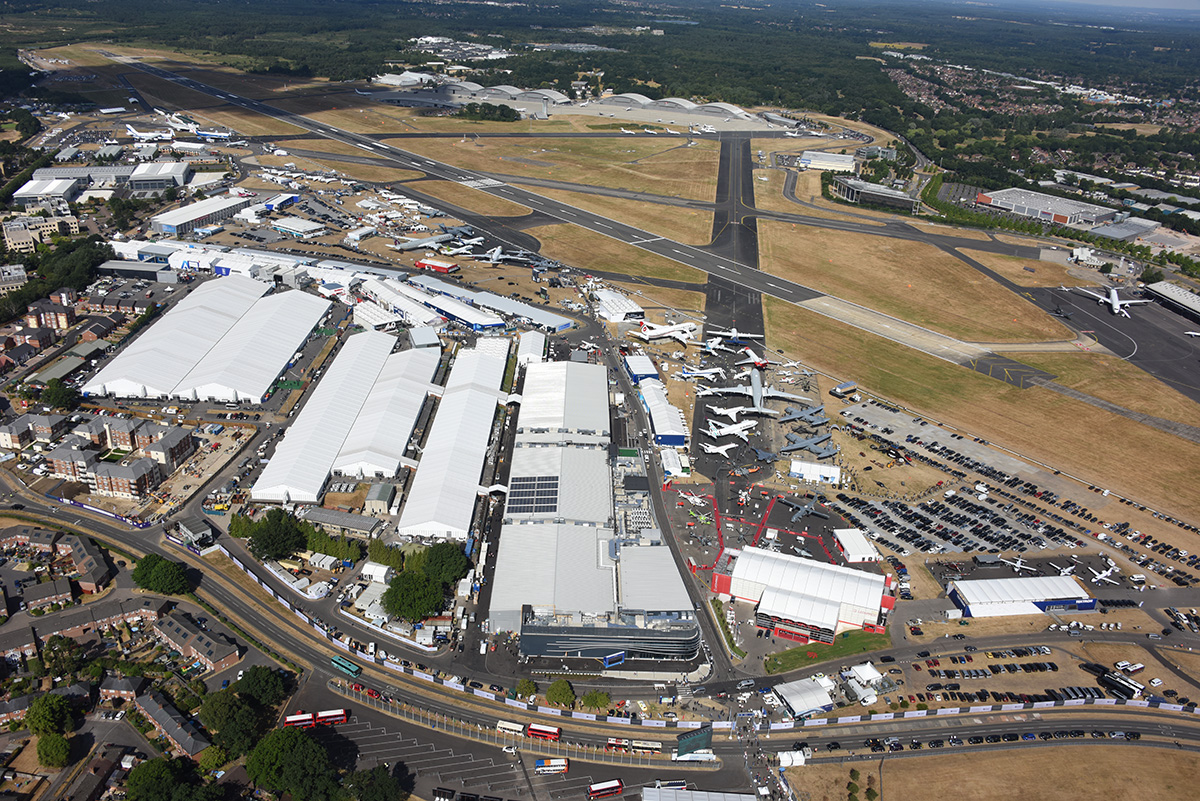
This week the Department for Transport announced a new strategy for the aviation sector, Flightpath to the Future. The strategy, which builds on the Aviation 2050 strategy from 2018, sets out a ten-point plan for the future of aviation formed around four key themes: enhancing global impact for a sustainable recovery from COVID-19, embracing innovation for a sustainable future, realising benefits for the UK and delivering for end users.
As the industry gears up for the Farnborough International Airshow in July, the new strategy is a welcome step forward from the DfT. As the aviation and aerospace industries recover from COVID-19 pandemic, ADS members are increasingly looking to the future and what aviation will look like in the years and decades ahead. We are on the precipice of the next major evolution of flight, with commitments to decarbonisation and sustainability driving the development of new and innovative technologies that will power clean, green flights – such as hydrogen, electric or hybrid propulsion systems.
It’s great to see a reaffirmation of the commitment from the DfT to supporting the decarbonisation of the sector – Jet Zero – especially since collaboration between industry, government and academia will be so important to deliver on the ambitions of the sector.
Beyond the evolution in aerospace technology, however, there also promises to be a greater revolution in the way that flight is viewed as a mode of mobility. The Advanced Air Mobility (AAM) industry continues to gather pace, unlocking a more distributed aviation system that better connects communities across the UK than ever before. ADS’ members of all sizes are developing critical parts of could be a thriving $540bn industry, from OEMs all the way through the entire supply chain.
Critical to delivering on the promise of this future of flight will be a comprehensive, flexible, predictable and above all safe certification and regulatory system. The strategy includes a bright vision of how new and innovative aircraft, such as electric vertical take off and landing aircraft and drones, could be used within a world-leading regulatory system – certainly a welcome step towards a thriving AAM industry in the UK.
The strategy also creates a new Aviation Council which will complement the work of the Jet Zero Council in the delivery of the aims and ambitions of the new strategy. Bringing the major stakeholders together in one place to feedback and improve policy objectives will help drive the collaboration that will secure the UK’s place as a global leader in aviation and aerospace – and ADS are looking forward to engaging with members and government on how best to implement the strategy.





